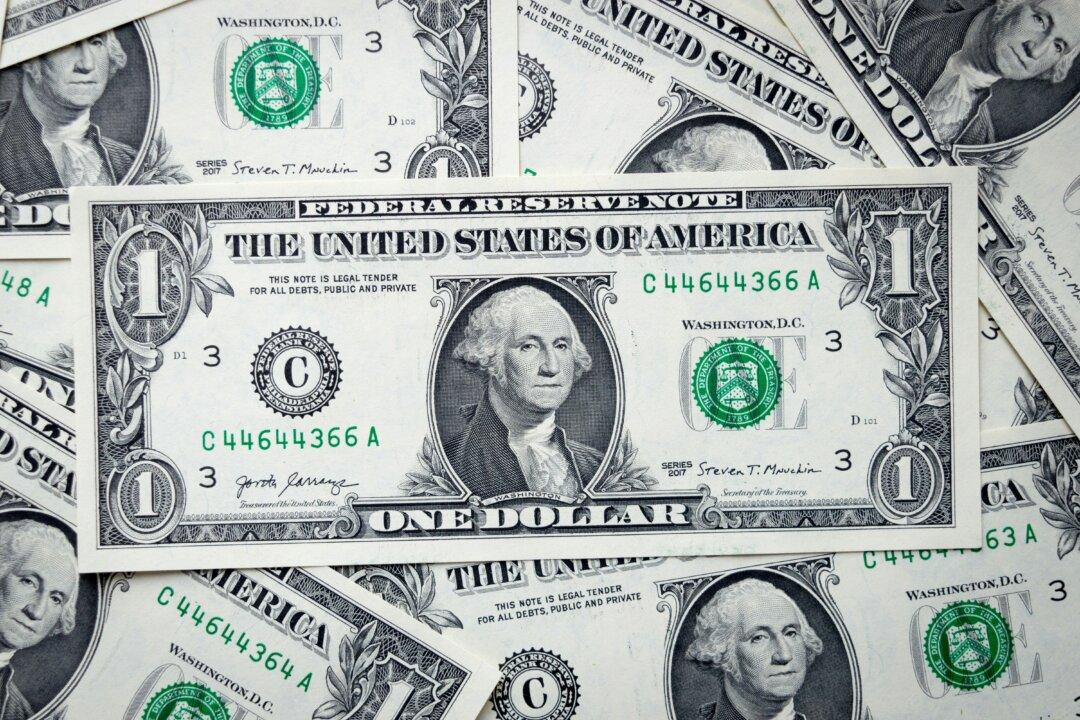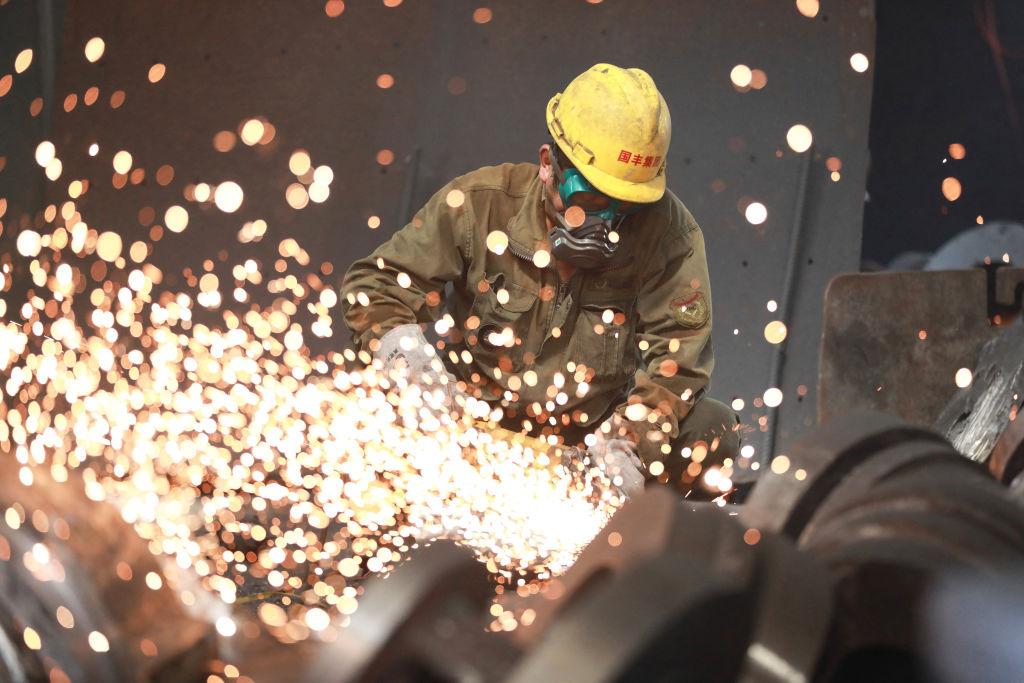In its latest effort to prop up the faltering yuan, the People’s Bank of China (PBOC) met on Sept. 11 to discuss how to stop the yuan’s rapid slide and arrest speculation, and it promised to maintain a stable exchange rate.
Experts, however, believe that despite the talking up, the currency is slated to weaken further over the next three months, and PBOC measures are unlikely to bring about a lasting turnaround.





